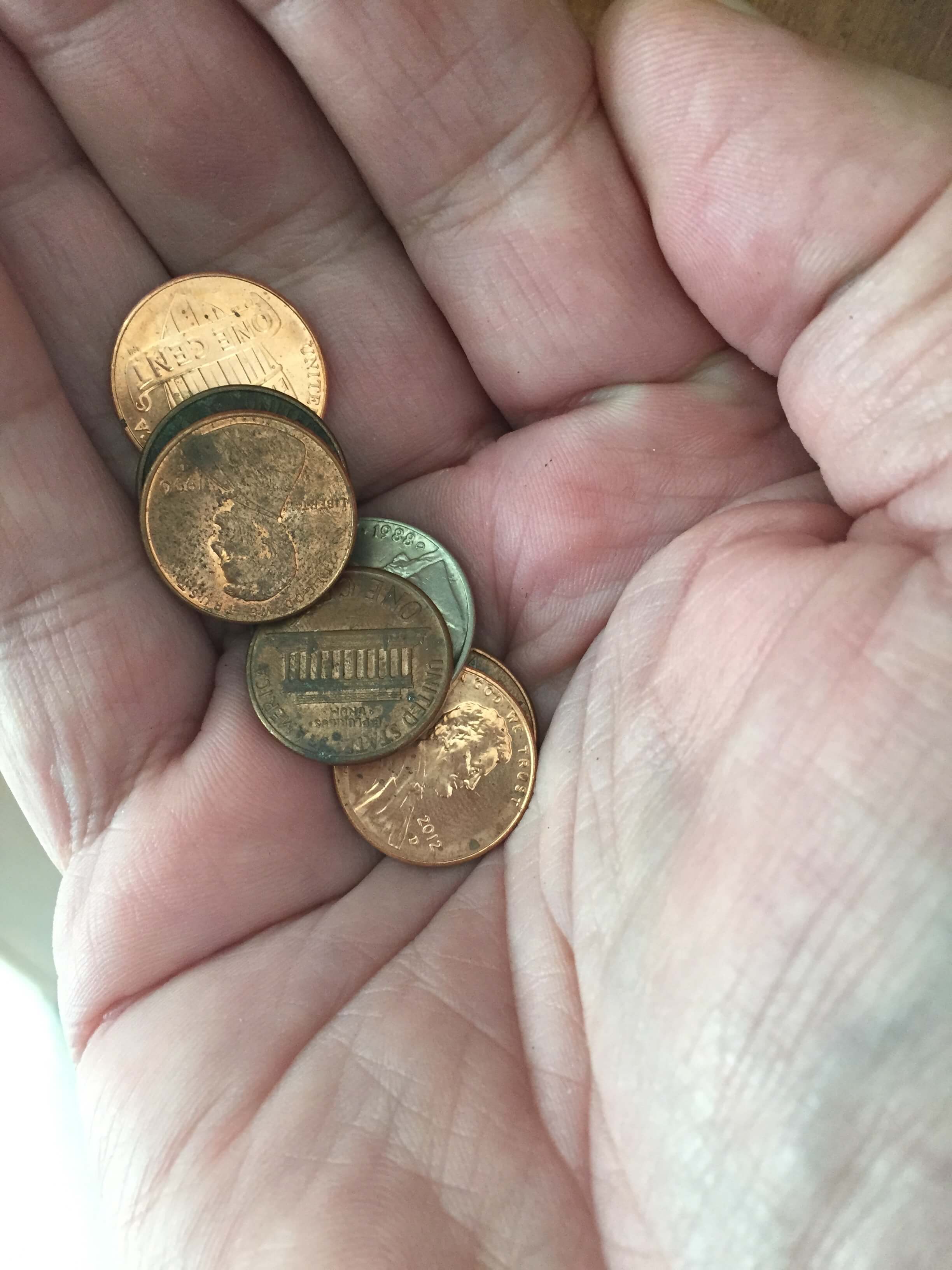The popular sentiment on the fastest way to get people to conserve water is to raise water prices. Resources for the Future published the article “Use Prices to Conserve Water when Supplies are Scarce,” which you can read by visiting bit.ly/llrate. It encourages rate increases as an effective method to conserve water. In their sample, a 10 percent increase in water rates produced a 6 percent reduction in water use. Their conclusion is: Raising prices is more effective than a two-day-a-week watering restriction in reducing water waste.
WATER MANAGEMENT BURDEN ON THE POOR
I recently met with McGee Young, a Marquette University Associate Professor of Political Science and founder of H2oScore.com. He agrees raising water rates is effective for reducing water use, but raises an interesting question. Why do we place the burden of solving the water crisis on those with the least income? I asked him to explain. He pointed out a $50 or $60 increase in the water bill of a middle- or upper-income wage earner is not going to have much financial impact, and as a result they may not reduce their water usage. However, a $50 or $60 increase could have a sizable financial impact on a lower income family, and would more likely result in water usage reduction. The financial impact places a bigger burden on the poor to solve the water crisis.
WATER – WHO USES WHAT?
Another important point McGee Young made was that people who live in lower income neighborhoods tend to waste more water. He referenced an article in the Journal Sentinel, which you can read at bit.ly/waterpoor. Analysis of Water Works data during a recent two-year period shows that the lower the income in a neighborhood, the more water used on average in single-family homes. In general, low-income neighborhoods have older homes with dilapidated plumbing, along with inefficient toilets and faucets that are more prone to leaks. In addition, more of the homes are not owner occupied, so motivating absentee owners to invest in water infrastructure improvements, or fix or replace leaky toilets is difficult.
YOUR ROLE
McGee Young and H2oScore suggest solving the water crisis is a community challenge. The water industry primarily expects to solve the water crisis by raising rates. As a result of the increased rates, individuals will take shorter showers, fix leaks and water their gardens more efficiently. However, the biggest water wasters are not watering gardens and don’t have the option of fixing leaks. So, who will solve the water crisis? I’m not sure, but the landscape industry has an opportunity. Are you a member of the Irrigation Association? Are you involved in your local landscaping chapters and in tune with your local water agencies? If the answer is “no,” then it is time to get involved. It is time to develop awareness, involvement, responsibility and a sense of community for the purpose of making the landscape industry a leader in water conservation.
